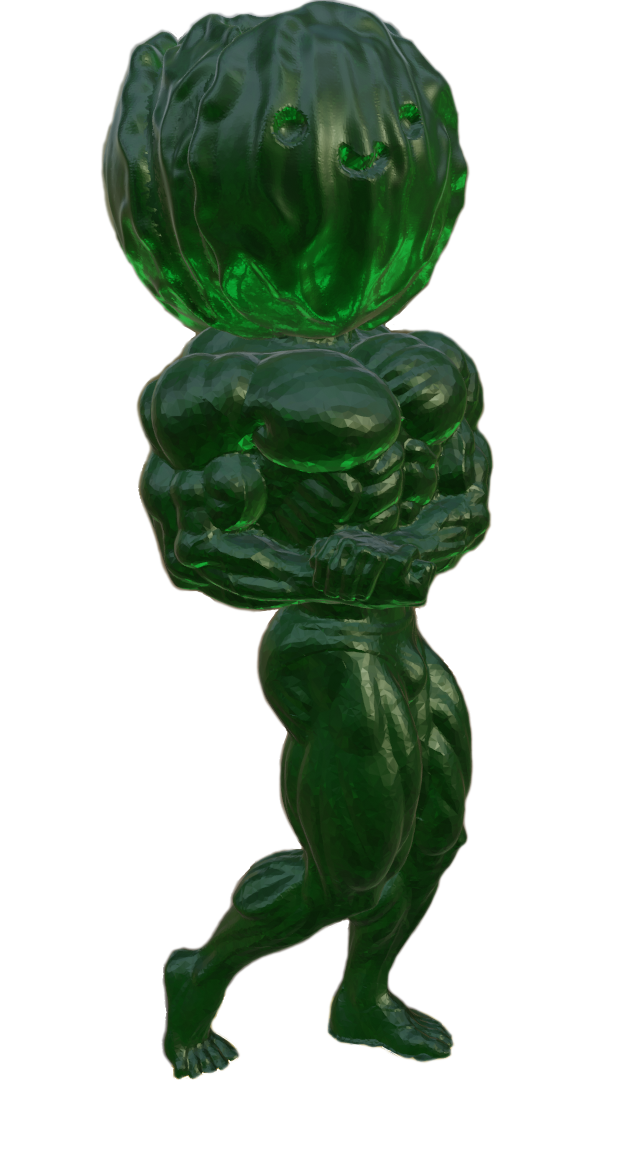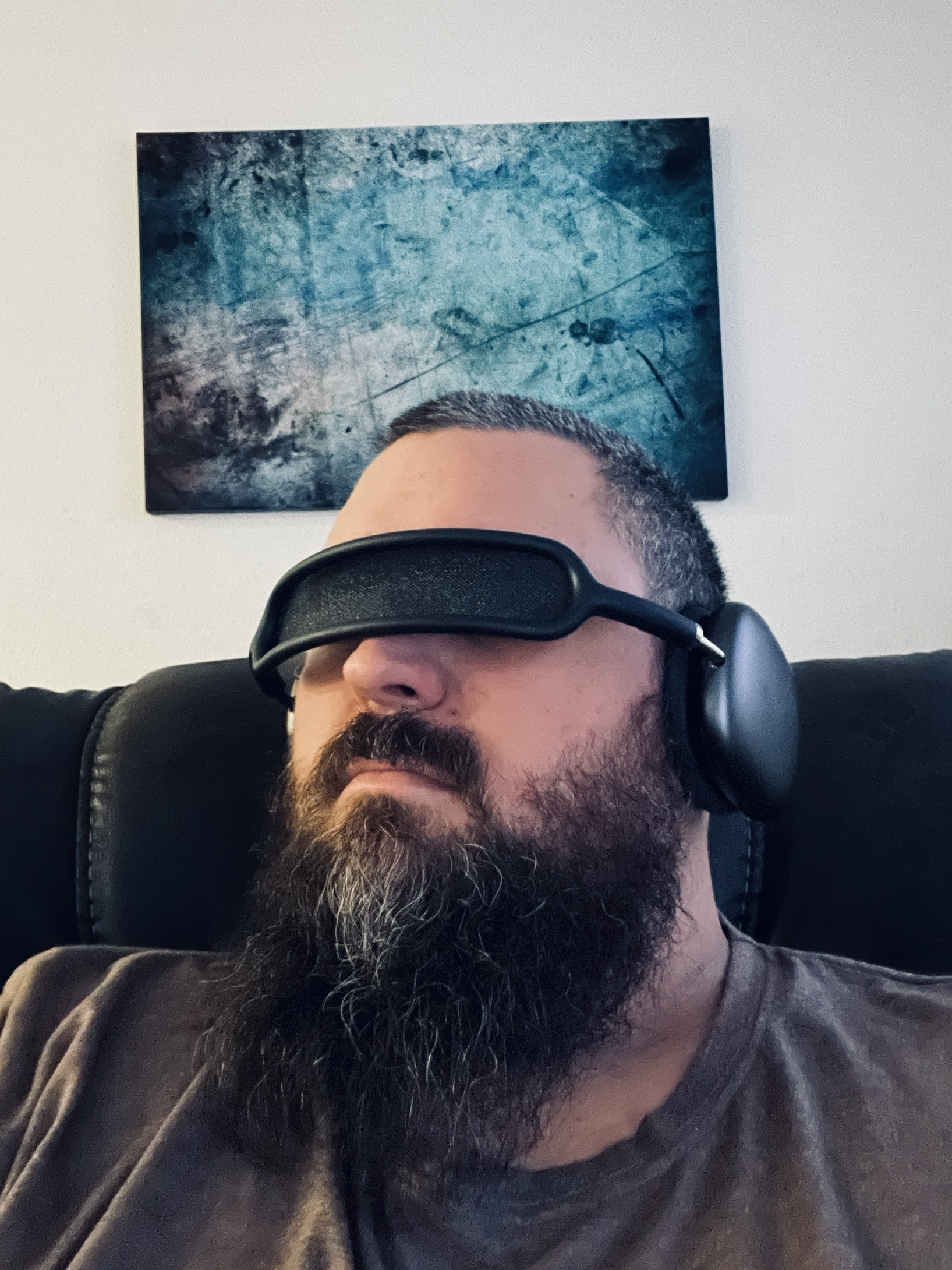For a long time, I believed the story that they QWERTY keyboard was designed to slow down typing, because typing too fast would cause jams on old typewriters, but apparently it isn’t true.
Skip to 3:00 for the part that talks about this.
It wasn’t a matter of typing too fast that was the issue, but rather commonly paired letters should be positioned such that their mechanical linkages would be less prone to collide with each other if they were pressed consecutively. Your only real limitation in typing speed on an oldschool mechanical typewriter is that you can’t have two keys pressed at the same time and you can’t have two hammers hit the page consecutively before the first hammer has fallen away. Commonly paired letters should be mechanically unlikely to collide, which does not necessarily follow that they wind up with an intuitive location on the keyboard itself in terms of what’s “far apart” and “close together.”
On the Sholes and Glidden typing machine from which the modern QWERTY layout was originally derived, the hammers did not have a return spring but were rather dropped back home via gravity. Later models quickly developed spring loaded returns for just that reason.
The Sholes and Glidden 'board was tweaked somewhat from its original quasi-mathematically determined collision mitigating layout largely for marketing purposes, and also for aesthetics. The primordial design actually had the period key in the middle of the field which probably looked just as goofy to people back in the day as it does now. The rights were eventually sold to Remington (yes, that Remington) who made the final adjustments to arrange the keys in the modern QWERTY layout, invented the shift key for both upper and lowercase letter capability for their Model 2 Standard typewriter which the Sholes and Glidden machine lacked, and the rest is history.
I’m pretty sure QWERTY telegraph keyboards post-date typewriters. Early examples of telegraph transcription machines literally used piano keyboards with letters inscribed on them, and the prototype Sholes and Glidden 'board inherited a similar two row layout before adopting the staggered four row one.
I’m pretty sure QWERTY telegraph keyboards post-date typewriters.
Yeah they do! Actually a Japanese research paper (and this video) also theorises that they also grouped similar sounding letters in American Morse Code together (e.g. Z
∙ ∙ ∙ ∙& SE∙ ∙ ∙ ∙, or C∙ ∙ ∙& S∙ ∙ ∙)
TLDW: it was maybe designed to make translation from Morse code easier, and then a bunch of letters were randomly placed.
I hate YouTube thumbnails.
You may want to install DeArrow. It’s a browser extension that replaces them with an actual frame from the video
https://freetubeapp.io/ comes packed with DeArrow, Sponsorblock and natively uses Invidious or Piped API’s for playback.
No way, that’s real!?
I just tried installing it, and apparently there’s some scummy winrar-esque licensing where we have to pay or ‘re-activate’ it every 6 hours.
I’m so fucking tired of greed and consumerism.
Same. I’ll 100% deal with thumbnails lol. I’m not paying for shit lmao.
It’s another thing we can blame greed and consumerism for.
People only make thumbnails this way because ‘the data’ has shown it’s what makes channels more money.
Why is the thumbnail drawing question marks around U and I being together? Even Dvorak does that.
Because YouTube thumbnails are designed to generate clicks and engagement (including this conversation right here!), not to be correct or informative.
I know, but I was wondering if they were also referencing the “If I could rearrange the alphabet” joke.
Maybe because the keyboard is the UI of the typewriter?
Join us Dvorak weirdos! Your wrists and typing speed may or may not thank you. We have anecdotal evidence!
Fr tho, my wrists stopped hurting when I type when I joined the cult of dvorak
If you want to go off the deep end you can even try the original variant where the number bar is changed too
Colemak supremacy!
Really though if you haven’t started with Dvorak why not go for Colemak?
Dvorak is a more elegant and memable solution. Imagine, all your vowels in a row as you snicker to decade old xkcd comics about your keyboard
I type much faster now that I use Dvorak, but I also forced myself to learn to touch type at the same time. Was it Dvorak that made me faster? Maybe! 😛
You can pry Colemak from my cold dead hands

Just don’t ask me to type on somebody else’s computer, because I physically cannot. I have to hunt and peck.
I use dvorak in my keyboards but still use qwerty on the phone.
But why
Same, I would’ve switched both at the same time but I was on iPhone at the time and it didnt have a Dvorak option. Now I’m not in pain when I type so no need to change anything
I carry around a 3x5 split keyboard with Colemak-dh mapped via firmware. Because I, too, am absolutely useless at a qwerty keyboard now.
Dude don’t skip over Sam from HAI. He’s cool people, and his voice is incredibly soothing. Not like that asshole Sam from Wendover.
Those two guys are a big part of why I use Nebula. And LeagleEagle. And it’s how I found Crazy History.
its bc typewriters









